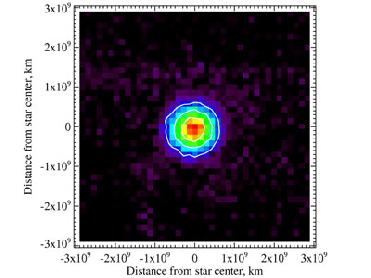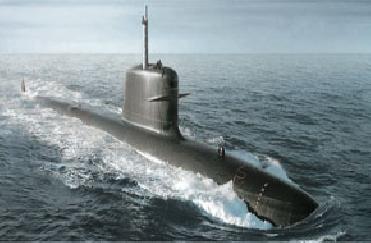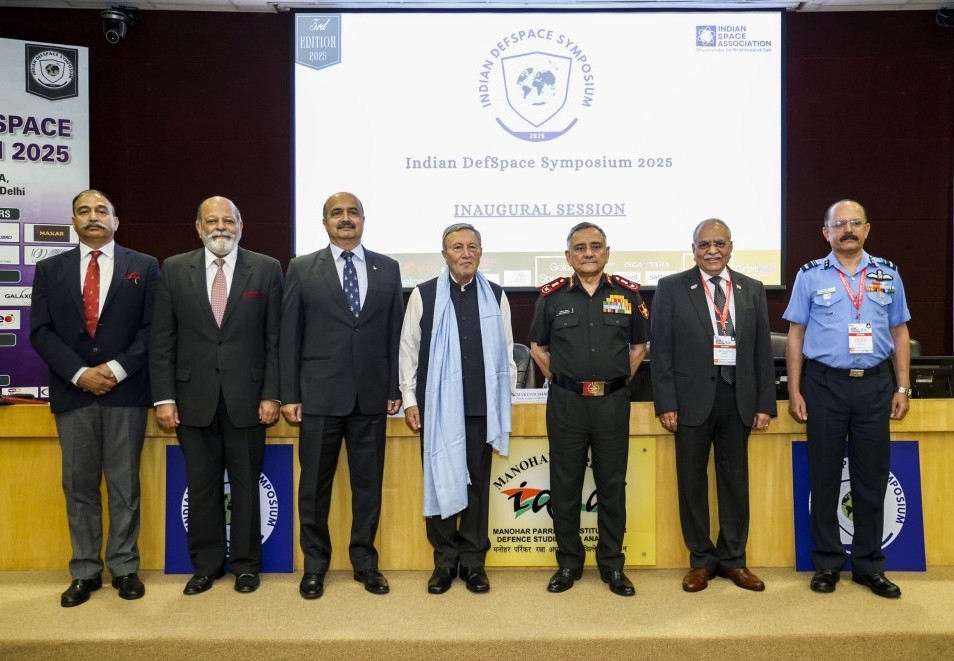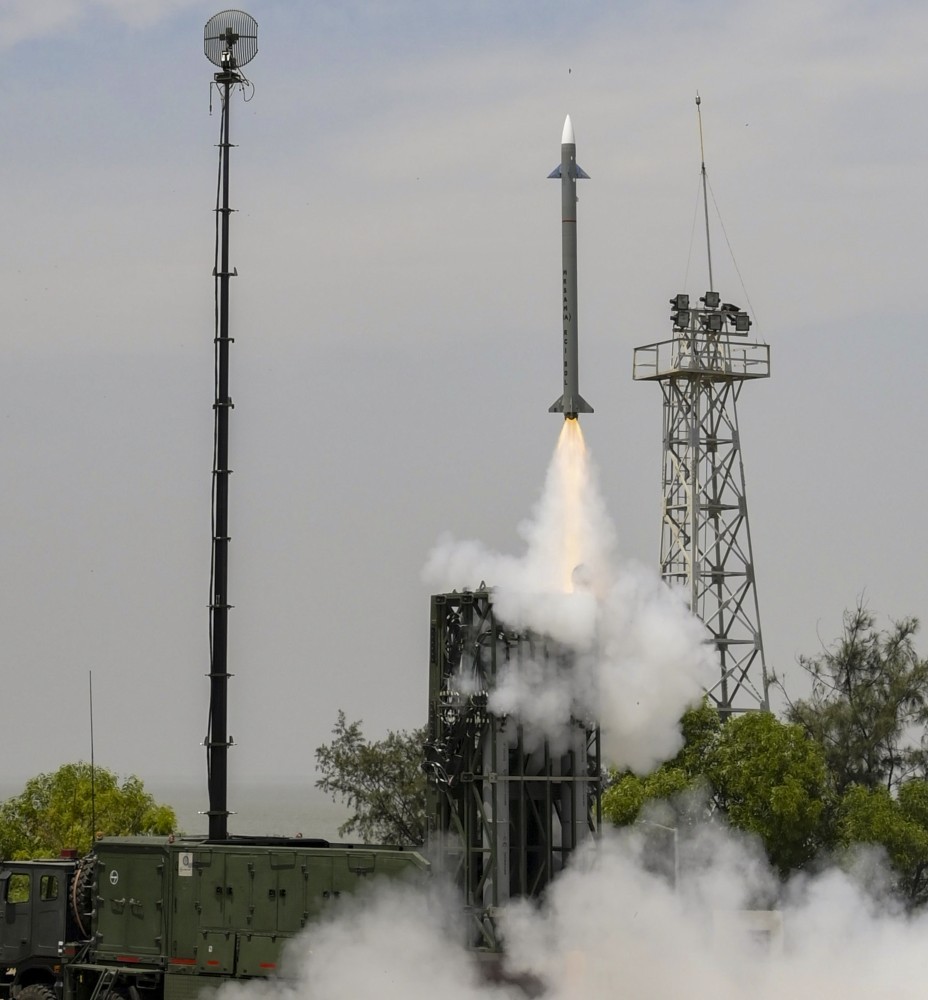
A star with no dust around it is used to compare to HD69830 to confirm we do not see extended dust emission with a single telescope. ESO / Rachel Smith Photo.
LONDON (BNS): Scientists, with the help of four of the largest telescopes, have unraveled the most detailed information from the regions around the two young stars tens of light years away. They have discovered compact discs of rocky and dusty material at distances comparable to that from the Earth to the Sun.
The astronomers used data obtained from the MIDI interferometer, an instrument that combines the infra-red light from the 8-m diameter telescopes of the European Southern Observatory�s Very Large Telescope in Chile to simulate the performance of a single telescope with a mirror more than 100 metres across.
�With MIDI we have now access to a truly giant telescope that can see the Universe in unprecedented detail. By probing regions of a similar scale to the Earth�s orbit we have the potential to observe the dusty results of massive collisions in the final stages of rocky planet formation, and learn about the conditions which the Earth-like planets in other planetary systems may experience,� said Dr Rachel Smith, an astronomer at the Keele University, according to news release by the Royal Astronomical Society.
Two of the stars observed with MIDI are similar to the Sun � one is a little cooler and another one a little hotter. The first, catalogued as HD69830, is an orange star with spectral type K0V and is thought to be about 2 billion years old (compared with the Sun�s age of 4.5 billion years). It lies in the direction of the southern constellation of Puppis, is around 41 light years from the Sun and is known to have three planets with masses comparable to Neptune. The second star, eta Corvi (in the constellation of Corvus and 59 light years from the Sun) is spectral class F2V, equivalent to a yellow-white colour, and is about 1.3 billion years old. Earlier observations have hinted at discs of material around both the stars. Cold material was confirmed around eta Corvi as it lies 22.5 billion km away from that star and so was easier to spot.
With MIDI the region of the relatively small dusty disc around HD69830 is clearly seen and lies between 7.5 and 360 million km away from the star.
One intriguing possibility for the source of the dust is that the planets around HD69830 are experiencing a high rate of impacts from asteroids and comets smashing into their surfaces. A similar disc is also found closer to eta Corvi, lying between 24 to 450 million km from its stellar host, as per the release.
These results have thus represented the first resolution of the dusty discs so close in to their parent stars. The ages of these two stars and the locations of the dusty disks suggests that they may either have originated from the debris of the recent collisions of massive objects or have travelled there from an outer, cooler disc like the one around eta Corvi.
 Previous Article
Previous Article













The Indian Air Force, in its flight trials evaluation report submitted before the Defence Ministry l..
view articleAn insight into the Medium Multi-Role Combat Aircraft competition...
view articleSky enthusiasts can now spot the International Space Station (ISS) commanded by Indian-American astr..
view article